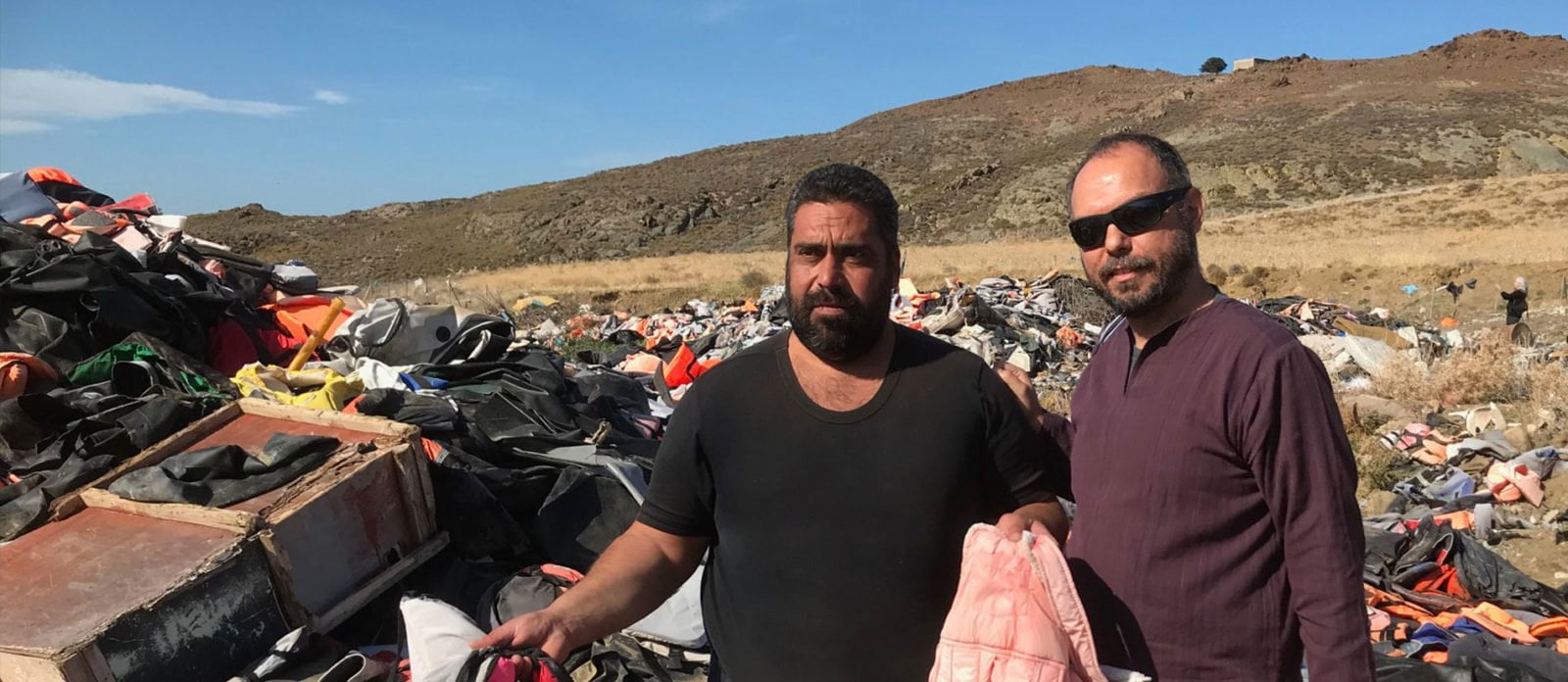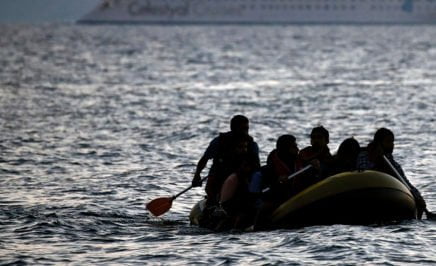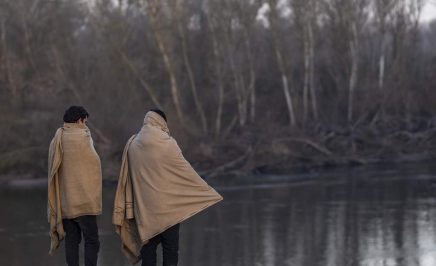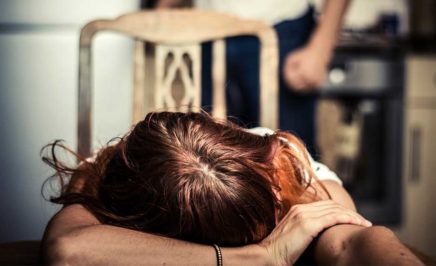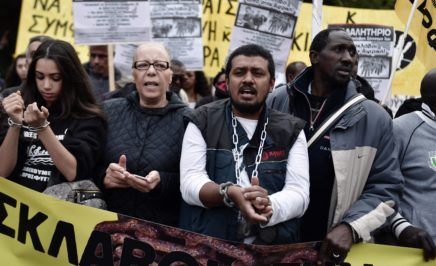I have just spent a week in Greece and Italy — two countries that have become the gateways to Europe for refugees and people seeking asylum.
What I and other members of Amnesty’s delegation witnessed was not for the faint-hearted.
On Lesbos we saw thousands and thousands of life jackets, many of which were fake, which dragged children, women and men under the water to their deaths. Each life jacket, rubber ring, and remnant of a dingy tells somebody’s story. They are symbols of the tens of thousands of refugees who have fled the war and horrors of Syria, Afghanistan, Yemen, and of shattered hopes and dreams. They are also symbols of the failure of the international community to comply with human rights law and the failure of wealthy countries to protect vulnerable women, children and men.
Kosta is a fisherman, who for months gave up fishing to save thousands of people who crossed the sea from Turkey to the Greek island of Lesbos. Alongside his fellow villagers, he was nominated for the Nobel Peace Prize as the community saved and helped 800,000 people in five months.
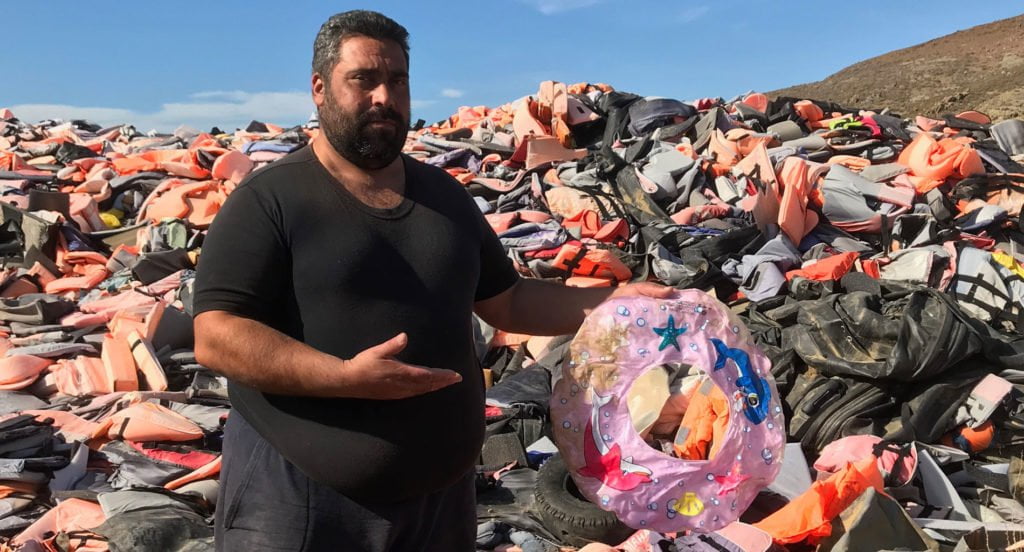
The men, women and children had fled places like Aleppo. They had walked through Iran, Macedonia and the Balkans.
When Hungary closed its borders, their journeys became more difficult and dangerous; they had to go via Turkey to take a boat journey to Greece. I heard of a young Syrian man who carried a Kurd who was 100 years old on his back.
The night I arrived in Lesbos, one boat was intercepted with 89 people on board. The boat numbers are significantly down since 2015, but people are still arriving daily.
The European Union’s response to arrivals has a horribly familiar feel to it. They closed borders and have paid a third country — Turkey — to deal with their responsibilities.
Incredible journeys and makeshift camps
This had led to 50,000 people held in limbo on mainland Greece in makeshift camps, warehouses and shipping containers. There are also thousands in camps on Greek Islands including over 5,000 people in Moria Camp in Lesbos.
Just like on Manus Island and Nauru, the conditions in Moria camp are substandard, inhumane and depressing. It is very overcrowded.
I met families living in tents and sleeping on concrete, including pregnant women and women with serious illnesses like cancer. The hygiene and sanitation is dire, and the smell of sewerage hits you as you approach the camp.
The camp managers told us that almost 3,000 of the people there had been classified as vulnerable and that the sewerage, water and infrastructure wasn’t up to the job. They admitted that the “bigger tents” that were meant for a maximum of eight people had 15 people stuffed into them, and that the shipping containers often had over 20 people sleeping in them.
Alongside the toilet and bathroom sanitation horrors, other major issues at Moria include a lack of privacy and under-resources medical support. I met children in desperate need of a dentist and heavily pregnant women with little or no support. An elderly man who had lost his foot in Afghanistan had been given paracetamol for pain management. The demand for mental health support far exceeded what was available.
The camp is also not ready for the approaching winter. This is very concerning, as a number of people died in the camp last winter due to the cold.
I heard from a number of families who had fled Afghanistan as well as a Yezidi family. One family told me their heartbreaking story of fleeing Afghanistan, living in Iran until their money ran out, and then journeying to Turkey before heading on to Lesbos.
At the camp they are registered and finger-printed. Some had been there just one night, and others 18 months. Many had seen family members killed or had been split up during the journey.
People were confused as to why they were being held in the camp and very stressed about what was going to happen to them.
Recurring words from everyone I met at Moria were “We just want a peaceful life”, “We want to be safe” and “The bathrooms are a disaster”.
Back in Athens
Over 40,000 refugees and asylum seekers are living in mainland Greece scattered in camps, flats and squats.
We visited Thiva camp — a new camp opened in June this year — 90 minutes north of Athens. It’s sobering that after visiting the Moria camp, families living in shipping containers seems like an improvement. In Thiva, families had their own front door, bathroom and a cooker which meant they felt safe and had some control over their lives.
It’s also a major step forward from living in the Elliniko camps that were unfit to live in and were closed thanks to Amnesty’s work.
We met a lovely family who welcomed us with typical Afghani hospitality — sweets, homemade bread, nuts and hot tea. Despite having hardly anything, what they had they shared. They were very excited to be able to prepare their own food again.
The last part of our Greece trip was to meet a family living in a small flat in Athens. There, we met a mother who had made the long journey with her children to Greece from Afghanistan via Iran, Macedonia and Turkey. Her horrendous journey included walking thousands of kilometres in the Balkan winter with snow halfway up her legs, walking past dead bodies in the mountains and daily abuse from people smugglers.
She got separated from her sons en route. Thankfully, her son managed to get to Germany and soon the family were able to be reunited, because Germany has said #IWelcome and granted a humanitarian visa.
Next stop, Italy!
